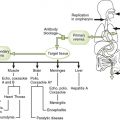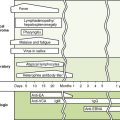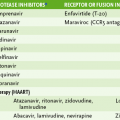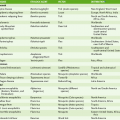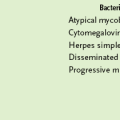Chapter 13 • P. aeruginosa is the most common clinically significant pseudomonad. 1. Gram-negative, oxidase-positive, aerobic rods with one to three flagella 3. Positive nitrate reduction test 6. Blue-green pigment (pyocyanin) or other diffusible pigments produced by many strains 1. Pili promote adherence to respiratory epithelium. 2. Capsule is antiphagocytic and promotes adherence to tracheal epithelium. 3. Exotoxin A inhibits protein synthesis by adenosine diphosphate (ADP)-ribosylation of elongation factor-2 (EF-2), similar to diphtheria toxin (see Chapter 10, Fig. 10-1C). 4. Biofilm production occurs when sufficient bacteria trigger quorum sensing. 5. Other virulence factors include the endotoxin exoenzyme S, which prevents phagocytic killing; degradative enzymes that damage host tissues; and antibiotic resistance. • P. aeruginosa causes a wide variety of opportunistic infections, most commonly in hospitalized, immunocompromised, and debilitated individuals. 1. Urinary tract infection (UTI) • P. aeruginosa is a common cause of UTI, especially in patients with indwelling catheters who are on antimicrobial therapy, which selects for drug-resistant strains. • Vesicular and pustular lesions; cellulitis, abscesses, and subcutaneous infections • In cystic fibrosis patients, P. aeruginosa and Staphylococcus aureus are the most common causes of chronic pulmonary infection, which exacerbates the underlying disease and is difficult to eradicate. • In neutropenic and other immunocompromised individuals, P. aeruginosa acquired from contaminated respiratory therapy equipment can cause diffuse, bilateral bronchopneumonia. 6. Keratitis (fulminating ulceration of the cornea) • Initial trauma to the eye followed by exposure to P. aeruginosa can lead to eye-threatening panophthalmitis without prompt treatment. 7. Disseminated infections of the immunocompromised host (e.g., transplant patient). 8. P. aeruginosa osteomyelitis
Gram-Negative, Oxidase-Positive Motile Rods
Gram-Negative, Oxidase-Positive Motile Rods

